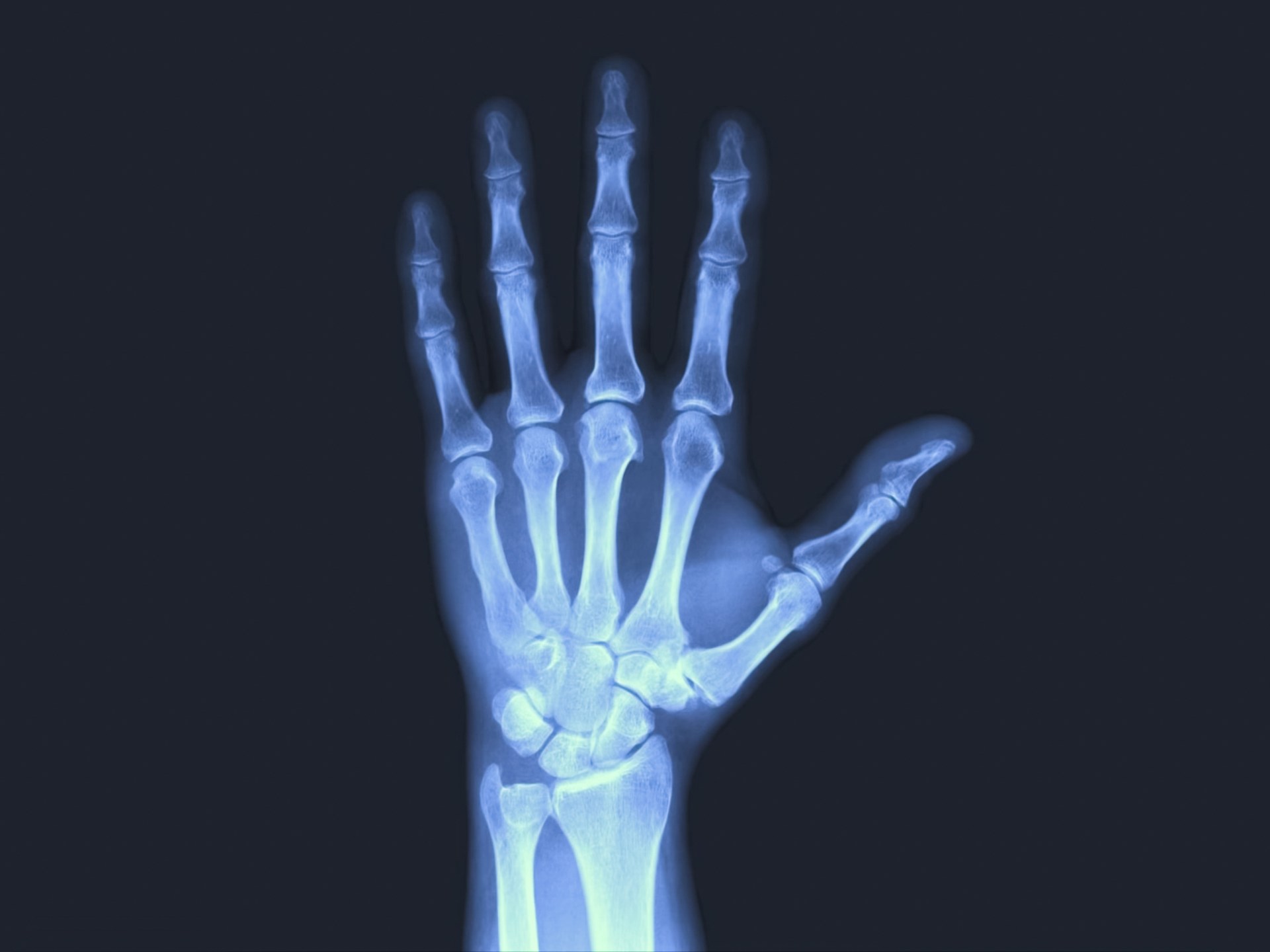The German research organization Fraunhofer-Gesellschaft has been working for a long time on finger joint implants using 3D printing technology and using artificial intelligence technology.
The organization believes that, through the FingerKit project, a 3D-printed joint can help restore movement to damaged fingers.
Finger joints can be damaged by various diseases such as rheumatoid arthritis or some sports activities.
Those affected may have to deal with a lot of pain and suffering, and to prevent this, the new development of Fingercut will provide finger parts that can be replaced when necessary, according to a press release issued by the organization.
Cooperation of all parties to ensure the success of the implant
The Fraunhofer Institute for Manufacturing (IAPT), the Institute for Ceramic Technologies and Systems (IKTS), the Institute for Toxicology and Experimental Medicine (ITEM), the Institute for Mechanics of Materials (IWM) and the Fraunhofer Institute for Digital Medicine (MEVIS) have collaborated to develop the Vengercut project that enables, for the first time, a series of Continuous and scalable processes for implanting parts of the patient’s body, from design to testing that are compatible with international certifications in this field.
As part of the project, the Fraunhofer Institute for Digital Medicine and the Institute for Mechanics of Materials are initially developing a 3D image-based model of the damaged joint that can be created based on 2D X-ray data.
The Fraunhofer Institute is training an algorithm to automatically generate implant designs for each patient from available simulation data (Shutterstock)
Models developed at the Institute of Mechanics of Materials will then be used to simulate the biomechanical requirements of these patient-specific implants.
On the basis of this work, the Fraunhofer Institute for Manufacturing first creates a preliminary implant design, then trains an algorithm to automatically generate implant designs for each patient from available simulation data.
The Institute for Ceramic Technologies and Systems develops suitable oxide or nitride ceramic materials to achieve biocompatibility and osseous integrity of the organ, thus improving the adaptation of the implant to the original joint characteristics, while the Fraunhofer Institute for Manufacturing focuses on the process of developing manufacturing technologies using new materials such as titanium.
Together with the Institute of Mechanics of Materials and the Institute of Ceramic Technologies and Systems, the Institute of Toxicology and Experimental Medicine is responsible for continuing to validate implant quality and fitness and is creating new in vivo models to test these components and specifications.
Could it become a new treatment?
This is a revolutionary development, especially for patients who cannot use their fingers.
"Fraunhofer's innovations mean that in the future it will be possible to provide effective treatment even for complex conditions such as extreme curvature of the fingers, loss of bone fragments or very small joints," says the organization.
In addition, Fraunhofer also said that the production process for patient-specific parts is much faster than usual thanks to automated modeling and 3D printing.
Preliminary calculations made by the researchers indicate that creating models will be able to reduce the overall time needed to determine the need for a device to be implanted in a patient by up to 60%.

